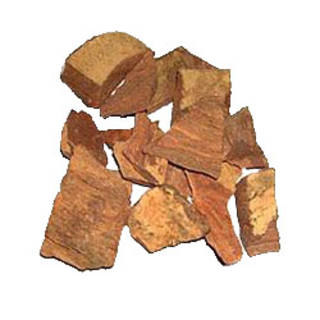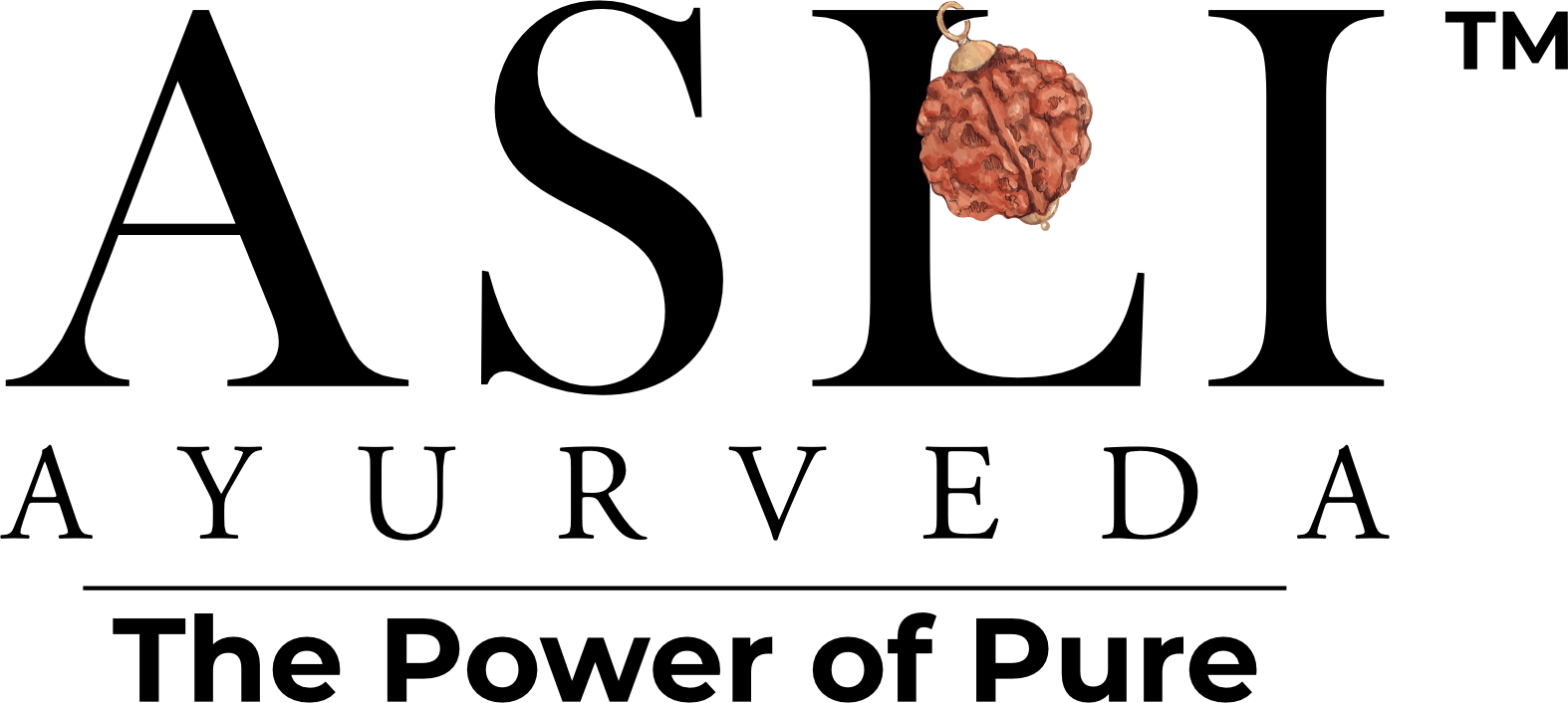Arjun

| BOTANICAL NAME | TERMINALIA ARJUNA | |
| FAMILY | COMBRETACEAE | |
| OTHER NAMES | ||
| Sanskrit | Arjuna, Arjunah, Chitrayodhi, Dhananjaya, Dhanvi, Dhavala, Gandiri, Gandivi, Indradru, Indradruma, Indrasunu, Jivaka, Kakubha,Kakubhah, Karaviraka, Karnari, Kaunteya, Kiriti, Krishnasarathi, Kukubha, Nadisarja, Pandava, Partha, Parthah,Parttha, Phalguna,Prithaja, Raktarjuna, Savyasachi, Shambara, Shivamallaka, Svetavaha, Svetavahah, Vairantak, Vira, Virataru, Viravriksha, Viravrksa. | |
| Hindi | Anjan, Anjani, Arjan, Arjun, Arjuna, Jamla, Kahu, Kahua, Kaugach, Khawa, Koha, Kowa, Arjan (introduced), Koara, Kohera, Arjun sadado, Arjun-sadado | |
| Assamese | Orjun, Arjun. | |
| Bengali | Kahu, Arjuna, Arjun, Kanha. | |
| Kannada | Arjuna, Bilimatti, Billimatti, Holematti, Kakubha, Maddi, Nirmatti, Toramatti, Tormatti, Vaidairya, Bilimaddi, Nirmathi, Arjuna mara. | |
| Malyalam | Attumarutu, Marutu, Nirmarutu, Pulamatti, Vellamarutu, Venmarutu, Vellilavu, Kulamaruthu, Neermaruthu, Attumaruthu | |
| Manipuri | Maiyokpha | |
| Marathi | Azun, Kahu, Arjun, Sadura, Shardul, Sanmadat, Anjan, Arjuna, Arjunladada, Savimadat, Arjunsaadada, Sanmadath, Savimadath, Nadi-ani | |
| Oriya | Charbuang, Panisaj | |
| Telgu | Erramaddi, Erumaddi, Kakubhamu, Maddi, Maochettu, Tella-madoi, Tellamaddi, Tittumaddi, Yermaddi, Thellamaddi, Tella maddi | |
| OTHER INFORMATION | ||
| DESCRIPTION | A lrage, evergreen tree. Leaves sub-opposite, oblong or elliptic, coricaceous, cordate, shortly acute or obtuse at the apex. Flowers in panicled spikes. Fruits ovoid or ovoid-oblong, 2.5-5.0 cm long, nearly glabrous, with 5-7 hard, winged angles. | |
| PHARMACOGNOSY | Stem Bark : Bark is externally, flesh coloured, internally smooth, flaky; taste is bitter. The young stem shows typical combretaceous type of hair having swollen base and tapering apex. Transverse section of bark shows cork, thin-walled parenchymatous ground tissue wit embedded crystals of calcium oxalate and secondary phloem with patches of sclerenchyma fibres, mucilage secreting ducts, and tanniferous cells. Mature bark shows a broad zone of phloem consisting of ceratenchyma, phloem parenchyma, phloem fibres and crystal fibres with rosette crystals of calcium oxalate.
Leaf : Leaves are opposite, short petioled with two glands on the midrib beneath near the base. Leaves are dorsiventral, epidermis single layered, cuticularised. Upper and lower epidermis bear unicellular glandular and non-glandular trichomes and lower epidermis is provided with ranunculaceous stomata.
Fruit : Fruits are 2.5-2.0 cm long, glabrous, ovoid or ovoid-oblong with 5-7 hard angles. They possess 5 sub equal acute wings, marked with much ascending striations. Transverse section of fruit shows epidermis and hypodermis. | |
| DISTRIBUTION | Globally the species is found to be distributed in India and SriLanka. Within India it is found in the Sub-Himalayan tracts, Madhya Pradesh, Bihar and peninsular India. This species has restricted global distribution occuring only in India and Sri Lanka. Within India, it is sub-Himalayan tracts, Madhya Pradesh, Bihar and Peninsular India.. | |
| CULTIVATION | It grows on a variety of soils but prefers fertile alluvial loam and deep sandy well drained soil. It also grows in saline and alkaline soil. It is moderatley drought hardy. The seedlings are susceptible to dought conditions. Iot can be propagated by seeds, and stump plantings. | |
| PART (S) USED | LEAF | |
| DOSE | Kshir pak 5 – 10 gm, Swaras 10 – 20 ml, Kwath 50 – 100 ml, Churna 3 – 6 gm | |
| CHEMICAL CONSTITUENTS | Alicyclic and amino acids and polyols, Hentriacontane, Myristyl oleate and arachidic, Stearate, Cerasidin,Hentriacontane, Myristyl oleate, Mannitol, Methyl oleanolate, Ellagic acid, Terminic acid, Gallic acid, Arjunic acid,Arjunolic acid, Arjunetin | |
| PHYSICAL CONSTITUENTS | Not Available | |
| AYURVEDIC PROPERTIES | ||
| GUNA (Quality) | Laghu, Ruksha | |
| RASA (Taste) | Kashay | |
| VIPAK (Metabolism) | Katu | |
| VIRYA (Potency) | Sheet | |
| PRABHAV (Impact) | Hridya | |
| PHARMACOLOGICAL ACTION | Cardio-protective, Antianginal, Spasmogenic, Oxytocic, Antifertility, Cytotoxic, Antifungal, Antibacetrial, Hepatoprotective | |
| THERAPEUTIC USES | Heart disorders · Blood clotting · Urinary tract infection · Chronic fevers | |
| FORMULATIONS(Yog) | Aravindasava Arjunarishta Ashvagandharishta Ayaskriti Devadarvarishta Jirakadi modaka Muktadi mahanjana Nyagrodhadi kvath churna Pushyanug churna Somnath ras | |
| ANTI-DOTE (Nivaran Dravya) | Not Available | |

